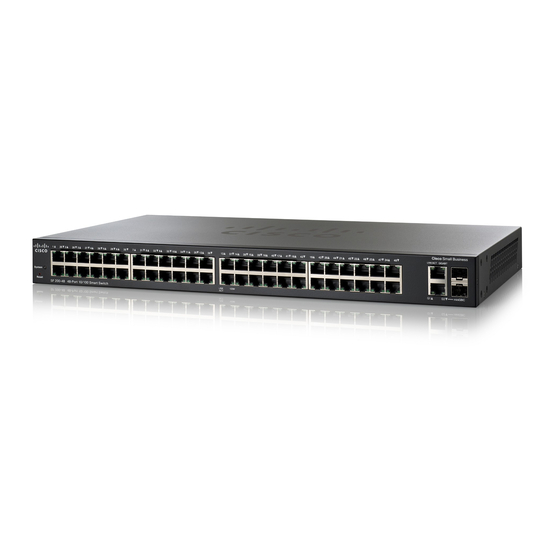
Cisco SF200-24 Administration Manual
Small business 200 series smart switch
Hide thumbs
Also See for SF200-24:
- Quick start manual (57 pages) ,
- Administration manual (337 pages) ,
- Datasheet (11 pages)
















Need help?
Do you have a question about the SF200-24 and is the answer not in the manual?
Questions and answers